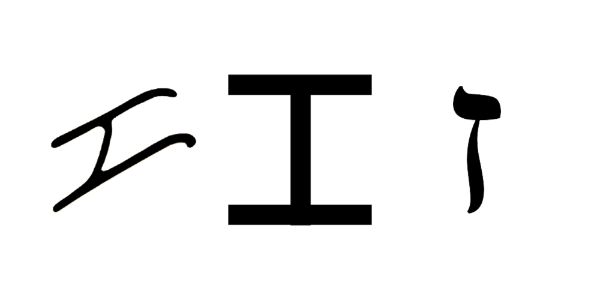« Back to Glossary Index
Synonyms:
𐤆
The letter zan (𐤆) or Z/z is the seventh letter in the Afroasiatic language known as Paleo-Hebrew (Ābarayat). The letter has been equated with the letter Z in the English language. Also, the letter is one of the few that has not been impacted by the evolution of language over time.
Extended Study for 𐤆 (z)
To read the study guide entry that elaborates on 𐤆 (z) then join our Extended Study Membership at https://www.paleohebrewdictionary.org/extended or use phdict.org/extended to share a short link with others.





